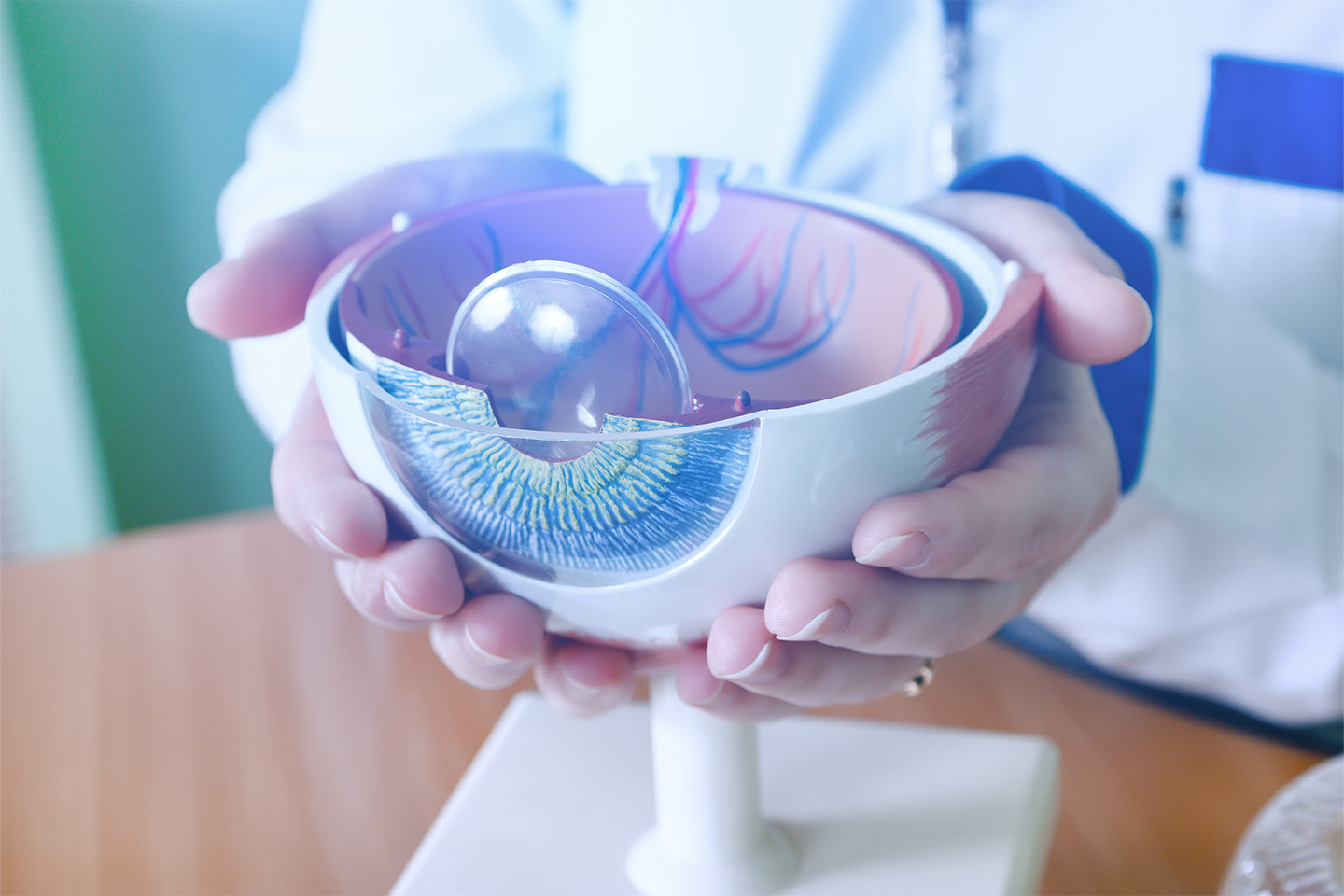The Various Types of Conjunctivitis

Conjunctivitis may be fairly common, but few people know what causes it — or that it comes in a variety of types.
Conjunctivitis — commonly known as pink eye — is a widely recognized eye condition. In fact, three million cases are reported each year in the United States, making it one of the most common types of eye condition that patients deal with. Although it can affect anyone, conjunctivitis spreads particularly easily in environments where people are in close contact, such as schools, college campuses, and offices.
Conjunctivitis is an inflammation of the conjunctiva — a term that refers to the covering of the white of the eye and the inner part of the eyelids. While the symptoms that patients may experience depend on the variety of the condition, common things to look out for include redness in the white of the eye, itchiness, greater sensitivity to light, blurred vision, and a crusty discharge.
Because conjunctivitis is so common, it’s important for patients to be able to spot the condition as it develops. The type of conjunctivitis that patients may be experiencing — allergic, bacterial, or chemical — will affect the type of care they need and the urgency with which they should seek it.
Allergic Conjunctivitis
Allergic conjunctivitis is one of the most common forms of the condition. Caused by environmental irritants such as pollen, dust, and animal dander, allergic conjunctivitis can strike either seasonally or year-round. Allergic conjunctivitis is most often experienced by patients who already have pronounced seasonal allergies.
Symptoms include typical allergic signs such as a stuffy or runny nose, teariness, a burning sensation, and itchy eyes. Allergic conjunctivitis is not contagious.
Bacterial and Infectious Conjunctivitis
Interpersonal contact, poor hygiene, and contamination — in the form of makeup, creams, lotions, or contact lenses — are the most common culprits of infectious and bacterial conjunctivitis. This type of conjunctivitis is contagious and should be handled carefully to prevent passing on the condition.
Patients experiencing bacterial conjunctivitis will likely notice a discharge that can be yellow or green, making it difficult to open the eyes. Anyone who may be dealing with bacterial conjunctivitis should consult with an eye care specialist as soon as possible.
Chemical Conjunctivitis
This variety of conjunctivitis is linked to chemical irritants. These can include air pollution, fumes, and potentially hazardous liquids. Chlorine, typically from swimming pools or hot tubs, is a common cause of mild chemical conjunctivitis.
Depending on the irritant, patients may need to flush the eyes with water immediately. Patients should also seek medical attention if they continue to experience eye pain, swelling, decreased vision, and redness.
Getting the Help You Need
While most cases of conjunctivitis are not severe, patients should be familiar with the most common underlying causes of the condition. By knowing which types of conjunctivitis require immediate attention and which are the most contagious, it’s possible to mitigate the worst effects.
If you’re worried that you or your child may be dealing with conjunctivitis, make sure to seek out appropriate attention. Qualified eye care specialists can help understand the cause of conjunctivitis and put together a treatment plan for you going forward. To speak with a team of experts, reach out to Kleiman Evangelista Eye Centers of Texas today to schedule an appointment.
Turn To The Top Eye Doctors In Texas
Check out one of our locations below for the best eye care near you:
[DISPLAY_ULTIMATE_SOCIAL_ICONS]








